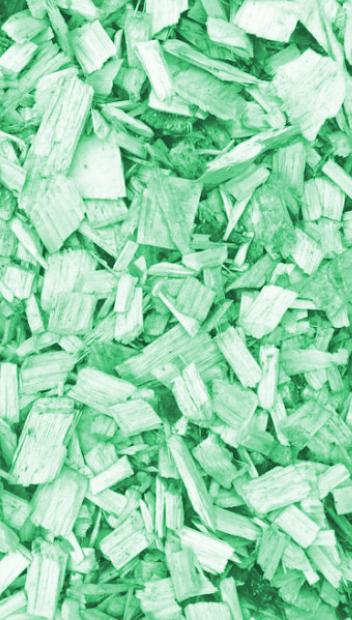Scientific trenches give runoff data
 Low-tech ‘bioreactors’ could be used to manage nitrogen run-off from farms to the Great Barrier Reef.
Low-tech ‘bioreactors’ could be used to manage nitrogen run-off from farms to the Great Barrier Reef.
Last week’s International Bioreactor Forum in Cairns has been told that bioreactors are producing valuable insights into how much fertiliser from coastal farms is flowing to the reef.
Denitrification bioreactors - essentially a woodchip-filled trench - use naturally-occurring bacteria in woodchips to break down nitrates in water and convert it into nitrogen gas.
Nitrogen run-off from sugarcane paddocks is a major cause of algal blooms and outbreaks of Crown of Thorns starfish, which both damage coral cover on the reef.
“We're dealing with a high nitrogen load coming off the paddocks at the beginning of the season, just after harvest,” Alex Cheesman, a soil scientist at James Cook University, has told the ABC.
“We've been actively designing systems that don't interfere with the natural drainage, what we're trying to do is capture that first flush [of water] and treat it to the best of our abilities.”
The experts say information on exactly how much nitrate is entering and then being removed from sugarcane farm run-off should be ready to publish this year.







 Print
Print